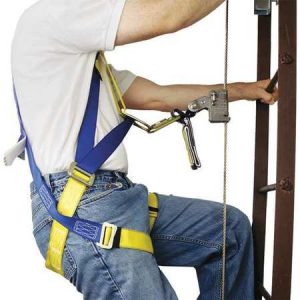Bucket elevators are familiar tools for people in the industrial field, but others may have never seen them before as they had never had a reason to use them. But this multipurpose piece of equipment helps improve efficiency at just about any site, especially if you know how to use them.
What is a bucket elevator?
Bucket elevators are must-have tools that enable workers to vertically convey, elevate, or lift large amounts of materials through a large bucket where the material goes. For example, if you have a large amount of material that needs to be moved from one end of the factory to the other, this is the tool to do it. With bucket elevators, workers and personnel won’t have to carry those by themselves.
The bucket is attached to a rotating belt or chain, which picks up the material and moves it to the endpoint. It then discharges the material and goes back to the starting point.
Here are the different types of bucket elevators:
- Centrifugal Bucket Elevator
This type of bucket elevator uses centrifugal force, which hurls the material out of the buckets as they travel over the head pulley. It operates much faster than others, and the buckets are spaced apart separately. The result is that the material is speedily and constantly transported, saving time. These bucket elevators are the best options for free-flowing, fine, or powdered materials such as paint powders, dry chemicals, cement, and more.
- Continuous Bucket Elevator
These are much larger capacity bucket elevators compared to the centrifugal ones. They’re best for more significant loads and applications that require handling material with care. Steel or synthetic buckets have a single chain or two on each side. The buckets are continuously mounted and moving at slower speeds. There is a direct feed on the up-leg side that loads the buckets. Once they reach their destination, they discharge through gravity.
KC Supply explains that depending on your industry needs and the amount of material you need to be transported. You should choose the right bucket elevator that gives you efficiency and safety in handling the materials.
KC Supply takes pride in providing heavy-duty industries with the right equipment. Visit KC Supply Co to learn about applications for equipment.



